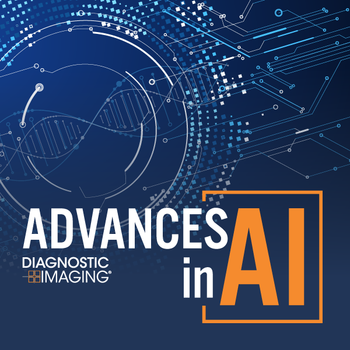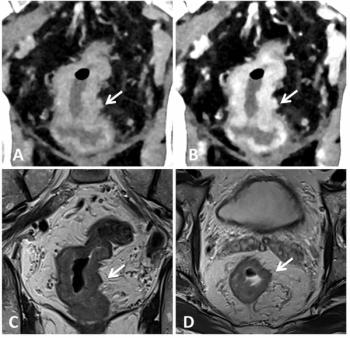
One Season of High School Football Changes Brain on MRI
Brain changes were detected by MRI in high school football players after only one year of play.
CHICAGO - Magnetic resonance images have detected brain changes in some football players after only one season of play, according to a study presented today at the annual meeting of the Radiological Society of North America (RSNA).
Researchers from Wake Forest School of Medicine undertook a study to determine if head impacts acquired from just one season of high school football would produce diffusion tensor imaging (DTI) white matter changes in the absence of clinically diagnosed concussion. The study was based on the theory that players who were subject to heavy hits (heavy hitters), compared to those subject to lighter hits (light hitters) would have decreases in fractional anisotropy (FA), associated with white matter injury.
For the study, 24 high school football players (mean age 16.7) were monitored with Head Impact Telemetry System (HITs) helmet-mounted accelerometers during all practices and games. All players underwent pre- and post-season evaluation with DTI of the brain.
Risk-weighted cumulative exposure was computed from the HITs data, representing the risk of concussion over the course of the season. This data, along with total impacts, were used to categorize the players into heavy hitters (nine) or light hitters (15) groups. None of the players experienced concussion during the season.
The researchers found that while both the heavy hitters and light hitters demonstrated global increases of FA over time, likely reflecting effects of brain development, the heavy-hitter group showed statistically significant areas of decreased FA post-season in specific areas of the brain, including the splenium of the corpus callosum and deep white matter tracts.
"Our study found that players experiencing greater levels of head impacts have more FA loss compared to players with lower impact exposure," Christopher T. Whitlow, MD, PhD, MHA, associate professor of radiology at Wake Forest School of Medicine and radiologist at Wake Forest Baptist Medical Center in Winston-Salem, NC, said in a release. "Similar brain MRI changes have been previously associated with mild traumatic brain injury. However, it is unclear whether or not these effects will be associated with any negative long-term consequences."
The researchers caution that these findings are preliminary and more research is needed, but that this study does add to the growing body of literature that indicate that one season of contact sport can show brain MRI changes, despite no clinical findings of concussion.
Newsletter
Stay at the forefront of radiology with the Diagnostic Imaging newsletter, delivering the latest news, clinical insights, and imaging advancements for today’s radiologists.




























